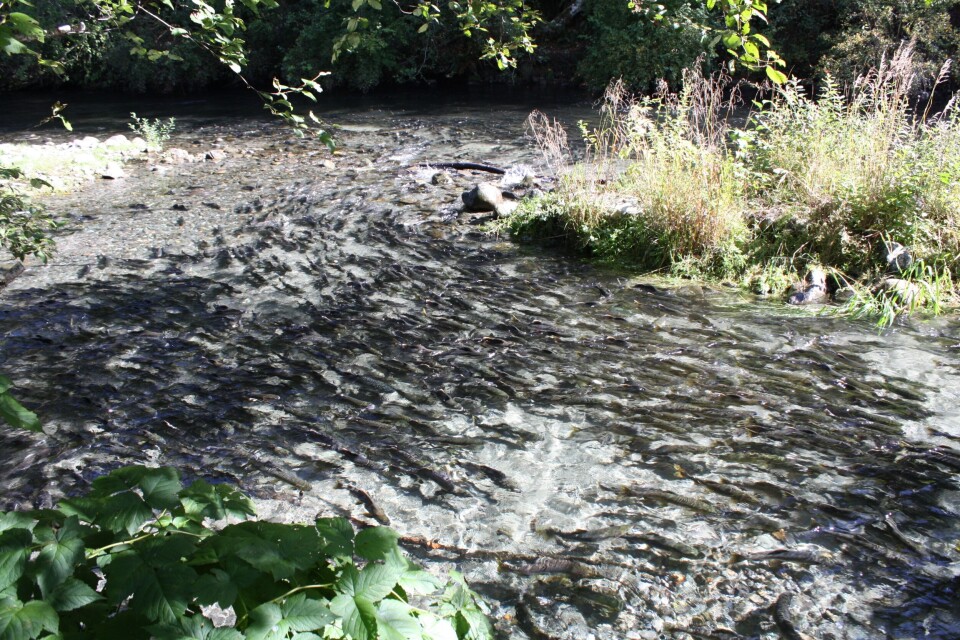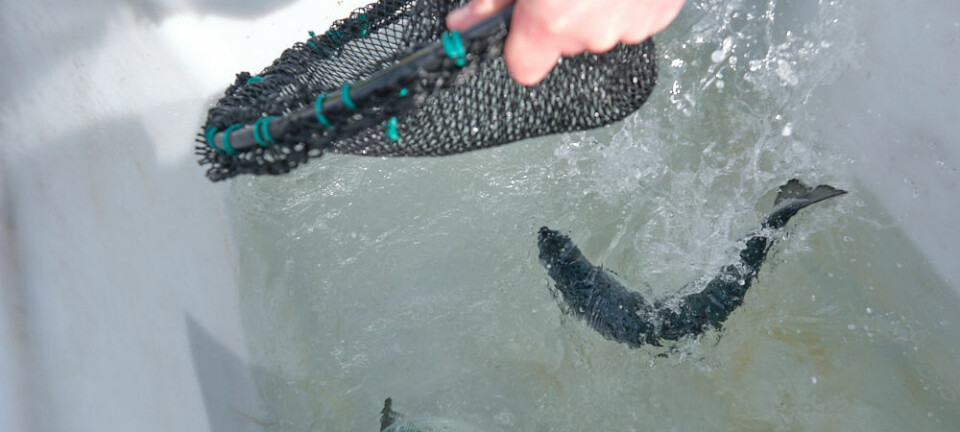
Salmon ranching explained
Questions have been raised in recent years about the carrying capacity of the Pacific Ocean when it comes to supporting an increasing myriad of salmon that is being produced in hatcheries and sent to sea to be fattened up by feeding on plankton and small fish before being caught in one of many commercial fisheries. New hatcheries by the dozens are rumored to being built in Russia, and already some 1.5 billion juvenile salmon are shipped to sea from hatcheries in Alaska every year. Another annual 500 million juvenile salmon come from facilities in British Columbia.
A blog called “The Truth About Alaska Salmon” is exposing marketing campaigns that make false claims like “salmon from Alaska is 100% wild“, and in the process explains how this activity of “ocean ranching” is a mixture of fish farming and “wild” fish culture;
“Salmon Ranching” can be defined as the “artificial propagation of juvenile salmon for release into ocean basins”. Salmon ranching may also be referred to as “ocean ranching”. Others may refer to it as “salmon enhancement”. Simply put, salmon ranching refers to a process by which indigenous salmon are initially caught and stripped of eggs and milt. The fertilized eggs are then cultured in a hatchery where they will hatch and begin feeding on a feed powder. Mimicking the natural life cycle of a wild salmon, these salmon are then transported from freshwater hatcheries to saltwater fish farms. The juvenile salmon continued to be cultured in saltwater fish farms using net pens to contain the salmon.
While in net pens, salmon are fed feed pellets to gain size and strength. Also, by remaining captive in an area suitable for a future commercial fishery, the salmon are “imprinted” to the area where they are temporarily farmed. Imprinting ensures that these cultured salmon return to the same place where they were “born” – similar to natural, wild salmon. Once large enough to successfully compete with wild salmon for food and space, these cultured salmon are released into the ocean to forage for food (referred to as “ranching”). Depending on the species of salmon (Pink, Chum, Coho, Chinook or Sockeye), they will return to their birthplace in two to four years. Upon return, a mixture of wild and ranched salmon are caught by commercial and sports salmon fisherman. Selected salmon are also retained by the source hatchery to be used again for eggs and milt – thus repeating the process.
In 2010, the Alaska Department of Fish and Game reported that 158 million salmon were commercially harvested. Of this, 77 million salmon were identified as ocean ranched. Therefore, in 2010, ocean ranched salmon represented over 49% of the commercial catch in Alaska.























































